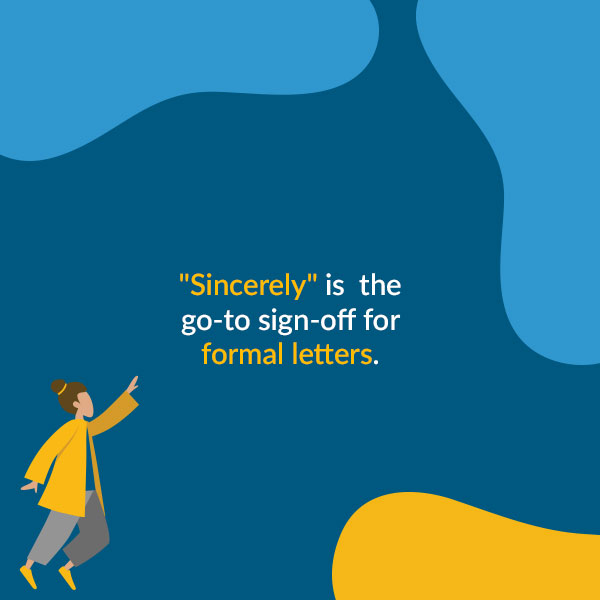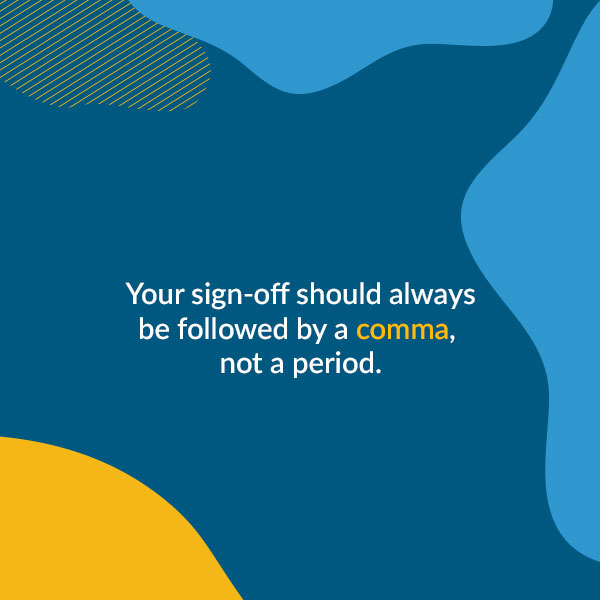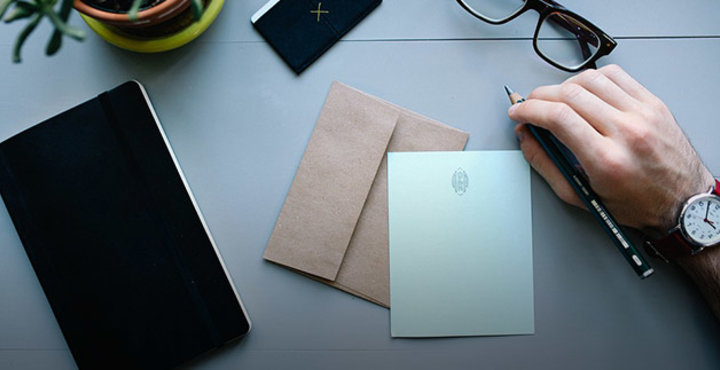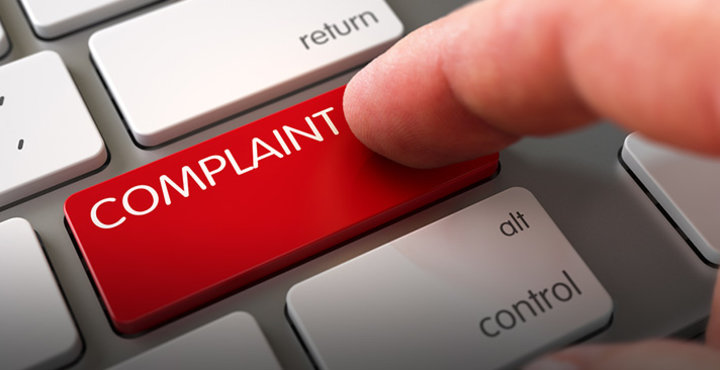Don't Know How to End Your Letter?
It seems as if ending a letter should be the easiest part of writing it. After all, the content has already been planned and written; only a handful of words need to be added.
You probably know that you shouldn't end a letter to your mom the same way you'd end one to your boss. However, it might still be unclear what the best word choice is for each situation. What's the difference, for instance, between sincerely and yours truly? Does the difference really matter?
Each different phrase has subtle connotations attached to it that can shape your recipient's reaction. To understand how to end a letter, look at the following 12 farewell phrases and the situations in which they should be used.
Additionally, if you're ever uncertain about the content of your letter or simply want someone neutral to take a look at it, you can always consider submitting your letter to a professional editor for editing or proofreading. They can help you avoid embarrassing errors.
1. Sincerely
Sincerely (or sincerely yours) is often the go-to sign off for formal letters, and with good reason. This ending restates the sincerity of your letter's intent; it is a safe choice if you are not overly familiar with the letter's recipient, as it's preferable to use a sign-off that is both common and formal in such a situation.
2. Best
Ending your letter with best, all the best, all best, or best wishes indicates that you hope the recipient experiences only good things in the future. Although it is not quite as formal as sincerely, it is still acceptable as a polite, formal/semi-formal letter ending, proper for business contacts as well as friends.
3. Best regards
Quite like the previous sign-off, best regards expresses that you are thinking of the recipient with the best of feelings and intentions. Despite its similarity to best, this sign-off is a little more formal, meant for business letters and unfamiliar contacts. A semi-formal variation is warm regards, and an even more formal variation is simply regards.
4. Speak to you soon
Variations to this farewell phrase include see you soon, talk to you later, and looking forward to speaking with you soon. These sign-offs indicate that you are expecting to continue the conversation with your contact. It can be an effective ending to a letter or email when confirming or planning a specific date for a face-to-face meeting.
Although these endings can be used in either formal or casual settings, they typically carry a more formal tone. The exception here is talk to you later, which errs on the more casual side.
5. Thanks
This is an effective ending to a letter when you are sincerely expressing gratitude. If you are using it as your standard letter ending, however, it can fall flat; the reader will be confused if there is no reason for you to be thanking them. Try to use thanks (or variations such as thanks so much, thank you, or thanks!) and its variations only when you think you haven't expressed your gratitude enough; otherwise, it can come across as excessive.
Furthermore, when you're issuing an order, thanks might not be the best sign-off because it can seem presumptuous to offer thanks before the task has even been accepted or begun.
6. [No sign-off]
Having no sign-off for your letter is a little unusual, but it is acceptable in some cases. Omitting the sign-off is most appropriately used in cases where you are replying to an email chain. However, in a first email, including neither a sign-off nor your name will make your letter seem to end abruptly. It should be avoided in those situations or when you are not very familiar with the receiver.
7. Yours truly
This is where the line between formal and informal begins to blur. Yours truly implies the integrity of the message that precedes your name, but it also implies that you are devoted to the recipient in some way (e.g., your friend or, as a more antiquated example, your servant).
This ending can be used in various situations, when writing letters to people both familiar and unfamiliar to you; however, yours truly carries a more casual and familiar tone, making it most appropriate for your friends and family. It's best used when you want to emphasize that you mean the contents of your letter.
8. Take care
Take care is also a semi-formal way to end your letter. Like the sign-off all the best, this ending wishes that no harm come to the reader; however, like ending your letter with yours truly, the word choice is less formal and implies that the writer is at least somewhat familiar with the reader.
9. Your friend
Though it may seem obvious, ending a letter in this way is informal, and, as the sign-off itself states, is to be used only when writing to your friend.
10. Cheers
Cheers is a lighthearted ending that expresses your best wishes for the reader. Due to its association with drinking alcohol, it's best to save this sign-off for cases where you are familiar with the reader and when the tone is optimistic and casual. Also note that because cheers is associated with British English, it may seem odd to readers who speak other styles of English and are not very familiar with the term.
11. With love
This ending (or the simpler variation, love) signals a familiar and intimate relationship with the reader. In other words, this sign-off should be used only in letters and emails to people who are very close to you.
12. xoxo
Because this sign-off signifies "hugs and kisses," it's probably best that you reserve it for letters addressed to those closest to you. It's definitely not meant for the bottom of your cover letter!
How to End a Letter: Sign-offs and Signatures
Of course, there is more to understanding how to end a letter than just the sign-offs. You might be wondering how to punctuate your sign-off, what to include in your signature, or what P.S. stands for at the end of a letter or email.
Punctuating Farewell Phrases
When writing your sign-off, it's important to remember to use proper capitalization and punctuation.
Only the first word should be capitalized, and the sign-off should be followed by a comma (or an exclamation mark in some informal settings), not a period. Here are a few examples:
- Yours truly,
- Thanks!
- Best regards,
Email Signatures
With emails, you have the option of creating a standard signature. Your signature will appear at the bottom of each of your emails. Ideally, it will make clear who you are and what your contact information is. For example, you may want to include the title of your position, or your degree(s), after a comma in the same line as your name:
Sincerely,
Leslie Knope, Deputy Director of the Department of Parks and Recreation
In addition to your phone number(s) and email address, consider including the street address of your office. Reflect on the value of linking to your social media profiles (provided they are maintained with your professional life in mind).
If you are considering adding a signature to your personal email, which might be used for both business and personal communications, deciding what needs to be inserted is a little more complicated. Once again, include your necessary contact information, but only include information you think your recipient will need. After all, you don't want to overwhelm your reader with information.
Postscripts
A P.S. (or postscript) comes after your sign-off and name. It is meant to include material that is supplementary, subordinated, or not vital to your letter. It is best to avoid postscripts in formal writing, as the information may go unnoticed or ignored; in those cases, try to include all information in the body text of the letter.
In casual and personal correspondences, a postscript is generally acceptable. However, try to limit it to include only humorous or unnecessary material.
With these letter-ending techniques explained and your letter-ending vocabulary boosted, finishing your next letter or email should be no problem!
Image source: Freddy Castro/Unsplash.com
Writing an important letter? Partner with a Scribendi editor to make your message crystal clear.
About the Author
Scribendi's in-house editors work with writers from all over the globe to perfect their writing. They know that no piece of writing is complete without a professional edit, and they love to see a good piece of writing turn into a great one after the editing process. Scribendi's in-house editors are unrivaled in both experience and education, having collectively edited millions of words and obtained nearly 20 degrees collectively. They love consuming caffeinated beverages, reading books of various genres, and relaxing in quiet, dimly lit spaces.


















